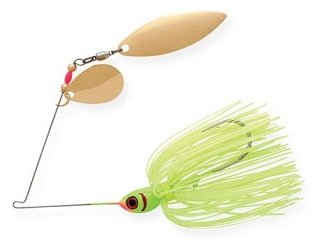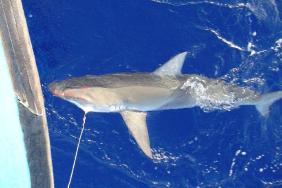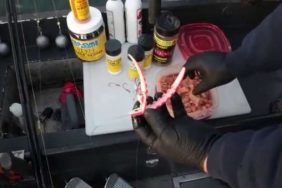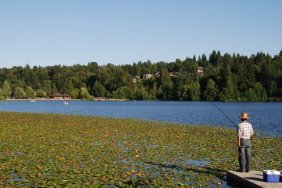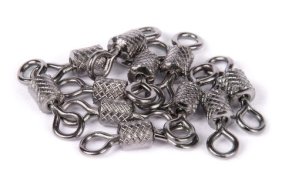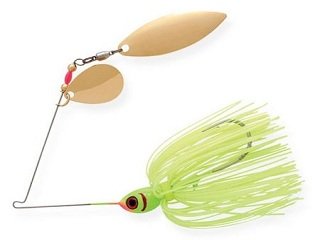 Spinnerbaits are arguably the most commonly used bass bait on the water today, and with good reason. These versatile lures can be used throughout the year and the sheer options from which to choose is astounding. Many anglers, however, never really wonder how or why spinnerbaits work so well, and only care that they work. Period. While there’s nothing wrong with this, I know there are many—including myself—who are interested in figuring out the “why,” especially when it comes to fishing lures. That being said, today is the first half of a series in which I’ll be dissecting these amazing lures to break down how each component comes together to create a composition that works so well. Keep reading to learn a little more about the anatomy of spinnerbaits.
Spinnerbaits are arguably the most commonly used bass bait on the water today, and with good reason. These versatile lures can be used throughout the year and the sheer options from which to choose is astounding. Many anglers, however, never really wonder how or why spinnerbaits work so well, and only care that they work. Period. While there’s nothing wrong with this, I know there are many—including myself—who are interested in figuring out the “why,” especially when it comes to fishing lures. That being said, today is the first half of a series in which I’ll be dissecting these amazing lures to break down how each component comes together to create a composition that works so well. Keep reading to learn a little more about the anatomy of spinnerbaits.
I’ll start with one of the more distinguishing characteristics of spinnerbaits: their blades. Blades commonly come in four shapes—Colorado, Willowleaf, Indiana, and Oklahoma—but there are also other less popular styles that combine existing shapes. A spinnerbait’s blades are what add flash and vibration in the water, which are what attract a fish’s attention. There are a few things to consider, concerning blades, though: number (which will be determined by the amount of cover and your desired depth), shape (determines lift, speed, and depends on water clarity), and color/finish (determined by water clarity).
The blades of a spinnerbait are attached to the next component on the list: the swivel. The swivel connects the blade to the arm/frame with a split ring and is what allows the blade to spin during the retrieve. Swivels can consist of either barrel or ball bearing construction, but ball bearing is usually the better way to go.
Next up are the beads, which act to separate the front and rear blades. Beads are usually made of silver or gold metal, glass, or plastic. Beads also create a bit of noise, especially when the bait bounces off objects such as rocks or logs. After beads comes the clevise, which is used to connect the front blade to the spinnerbait frame. Clevises are curved with flattened ends and are either made of metal of plastic. Plastic clevises are more for quick-changing blades on the fly.
The aforementioned spinnerbait components are just a few pieces of a composition that work in harmony to make one of the most effective baits on the market today. Certain pieces may not be as noticeable as the others, but each one is vital to the overall function of the bait itself. Come back for Part Two, in which I’ll break down the remaining components that comprise a spinnerbait!
